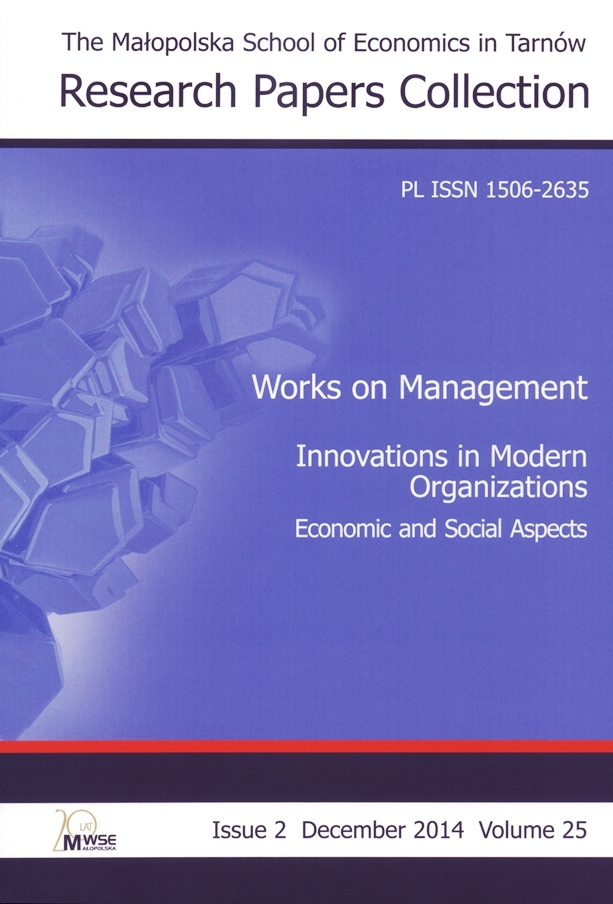Abstrakt
Występowanie kulawizn u krów ma negatywny wpływ na produktywność stada i jest drugim po zapaleniu wymienia czynnikiem w tym zakresie. Artykuł prezentuje szacowany koszt różnego rodzaju kulawizn, co pozwoli podjąć optymalną z ekonomicznego punktu widzenia decyzję, czy zainfekowana krowa powinna pozostać w stadzie, czy też powinna zostać wymieniona lub poddana inseminacji. Zwierzęta objęte badaniem były hodowane w różnych wariantach systemów produkcji na wolnym wybiegu. Dla celów badawczych krowy w trzech gospodarstwach zostały podzielone odpowiednio na dwie grupy ‒ krowy ze zdiagnozowaną kulawizną oraz krowy zdrowe. Krowy z obydwu grup były w okresie trzystapięciodniowej laktacji. Po przeprowadzeniu badania stwierdzono, że zysk z krów mlecznych ze zdiagnozowaną kulawizną został zmniejszony o 15%, podczas gdy wydatki na zwierzę były wyższe o 17%. Koszty leczenia wzrosły od 1,5 razy w drugim gospodarstwie do aż 17,3 razy w trzecim. Całkowite zyski ekonomiczne (zysk na jedną krowę) u krów ze zdiagnozowana kulawizną zostały zredukowane o 23,8% w drugim badanym gospodarstwie oraz o 28,9% w pierwszym. Ekonomiczna opłacalność zdrowych krów była wyższa o 11,6% w drugim gospodarstwie oraz o 32,6 % w pierwszym. Koszty produkcji jednego litra mleka u krów z kulawizną wzrosły o 17,1 % (trzecie gospodarstwo) i 29,3% (drugie gospodarstwo).
Bibliografia
Enting, H., Kooij, D., Dijkhuizen, A. A., Huire, R. B. M., Noordhuizenstassen E. N. (1997). Economic losses due to clinical lamenees in dairy cattle. Livestock Production Science, 49, 259–267.
Zobacz w Google Scholar
Ganchev, G., Mitev, Y. (1997). Hoof Diseases. In: Manual of livestock breeding. Part 3 (pp. 308–315).
Zobacz w Google Scholar
Green, L. E., Hedges, V. Y., Schukken, Y. H., Blowey, B. W., Packington A. Y. (2002). The impact of clinical lameness on the milk yield of dairy caws. Yournal of Dairy Science, 85, 2250–2256.
Zobacz w Google Scholar
Loque, D. N. (1997). Productivity management and disease in dairy cattle. Bovine Practitioner, 31(2), 51–55.
Zobacz w Google Scholar
O’Callaghan, K. (2002). Lameness and associated pain in cattle: Challenging traditional perceptions. In Practice, 24 (4), 212–219.
Zobacz w Google Scholar
Olsen, J. D. (1997). The relationship between nutrition and management to lameness in dairy cattle. Bovine Practitioner, 31 (2), 65–68.
Zobacz w Google Scholar
Penev, T. (2011). Lameness scoring systems for cattle in dairy farms. Agricultural Science and Technology, 3 (4), 291–298.
Zobacz w Google Scholar
Penev, Т. (2013). Effect of hygienic and technological factors on lameness with regard to production and reproduction traits of dairy cows. Unpublished doctoral dissertation (pp. 88–111).
Zobacz w Google Scholar
Penev, T., Mitev, Y., Iliev, A., Borisov, I., Miteva T., Gergovska, Z., Uzunova K. (2012). Hygienic and technological conditions favouring lameness in dairy cows: A review. Revue de Medicine Veterinaire, 163(11), 499–504.
Zobacz w Google Scholar
Rousseau, Y. F. (1987). Prevenir les boiteries: Maitriser la santé des bouvines, 75–81.
Zobacz w Google Scholar
Simbirtsev, P. F., Terehov, I. F. (1982). Hoof diseases in cows and bulls of farmers: Important problems of obstetric gynecological and surgical pathology of farm animals. Proceedings of Scientific Works, 59–64.
Zobacz w Google Scholar
Warnick, L. D., Yanssen, D., Guard C. L., Grouhn, Y. T. (2001). The effect of lameness on milk production in dairy cows. Journal of Dairy Science, 84, 1988–1997.
Zobacz w Google Scholar
Weaver, A. D., Jean, G. S., Steiner, A. (2005). Bovine surgery and lameness. 2nd ed. Oxford: Blackwell Publishing. ISBN 1-4051-2382-6.
Zobacz w Google Scholar
© Copyright by Małopolska Wyższa Szkoła Ekonomiczna w Tarnowie. Artykuły są udostępniane na podstawie Creative Commons Attribution Uznanie autorstwa - Użycie niekomercyjne - Bez utworów zależnych 4.0 Licencja Międzynarodowa


